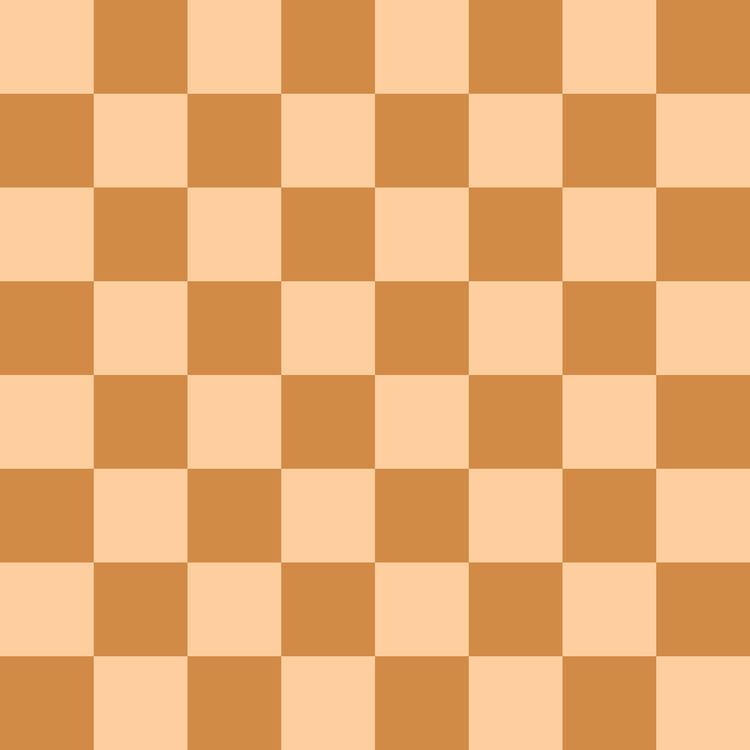a b c d e f | b c d e f g | |
 | ||
The Bogo-Indian Defence is a chess opening characterised by the moves:
Contents
1. d4 Nf62. c4 e63. Nf3 Bb4+The position arising after 1.d4 Nf6 2.c4 e6 is common. The traditional move for White here is 3.Nc3, threatening to set up a big pawn centre with 4.e4. However, 3.Nf3 is often played instead as a way of avoiding the Nimzo-Indian Defence (which would follow after 3.Nc3 Bb4). After 3.Nf3, Black usually plays 3...b6 (the Queen's Indian Defence) or 3...d5 (leading to the Queen's Gambit Declined), but can instead play 3...Bb4+, the Bogo-Indian, named after Efim Bogoljubov. This opening is not as popular as the Queen's Indian, but is seen occasionally at all levels.
The Bogo-Indian is classified as E11 by the Encyclopaedia of Chess Openings (ECO).
Variations
White has three viable moves to meet the check. 4.Nc3 is a transposition to the Kasparov Variation of the Nimzo-Indian, therefore the main independent variations are 4.Bd2 and 4.Nbd2.
4.Bd2
4.Bd2 is the most common line, the bishop on b4 is now threatened and Black needs to decide what to do about it.
4.Nbd2
4.Nbd2 is an alternative aiming to acquire the bishop for the knight or forcing Black's bishop to retreat. The downside is that the knight is developed to a square where it blocks the bishop, and d2 is a less active square than c3. The line is described in the Gambit Guide as "ambitious". Black's most common replies are 4...b6, 4...0-0, and 4...d5.
Monticelli Trap
This opening gives rise to the Monticelli Trap.
